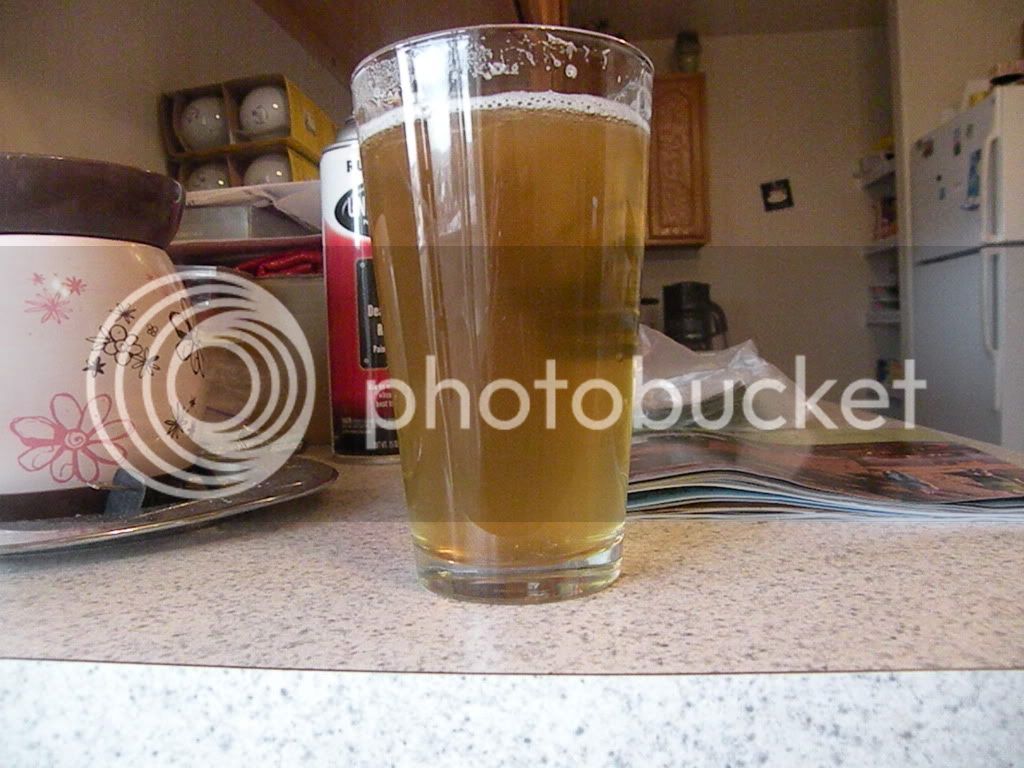duffman2
Well-Known Member
No, I really meant serving line. There's something about having easy access to the contents of the keg (like the faucet) that makes a brewer regularly "test it out" every day during the carbonation process. You figure, it's just an ounce or two. Bam.. two weeks later the keg is light.
Ok well I'm brand new to this as well so here's my question. I'm way more interested in this beer tasting right than anything so I want to condition properly. I've seen how bottles can go from good to great in a matter of days. So, is it the same thing in a keg? If I force carb a little early (just because I'm dying to try this all out), will my beer continue to condition the way it should with time? Specifically, if my beer has been kegged at room temp (60) for a week and I want to try to accelerate the process and burst it, will it continue to get better if I let it go at serving psi after that? Should I be refrigerating it to absorb more CO2 this whole time? This whole waiting period is just like I bought myself the best Christmas present in the world, and I refuse to let myself look in the box just one little time!
Of course I do believe in the beer gremlins and their sneaky little underhanded ways. So, I promise myself to taste a couple of times and then let it go to fruition. I wouldn't lie to myself, now would I?




